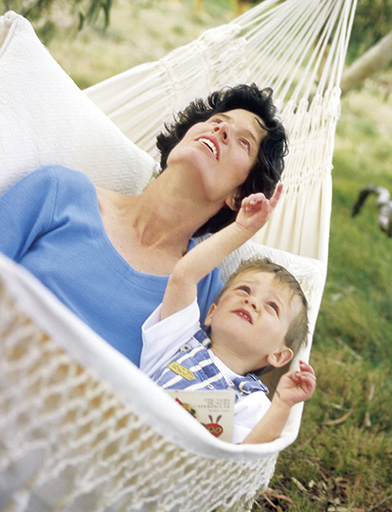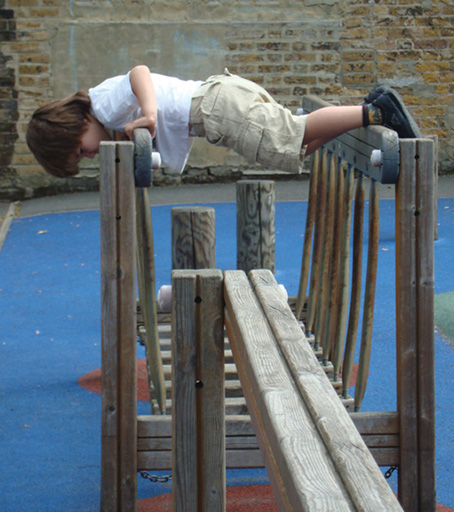
Figure 1 This small boy points to indicate something in the sky that interests him, and to engage his mother’s attention in the same object. Children with autism often lack this kind of pointing and drive for joint attention.
Show description|Hide descriptionThis photograph shows a small boy and his mother lying in an outdoor hammock. The boy is pointing to something in the sky.
At the age when typically developing children start to play together and make friends, an autistic child may prefer to play alone; the play may seem rigid – for instance a child may prefer to line up his play figures rather than using them for a pretend game, such as a tea party.

Figure 2 Children with autism often seem happiest playing alone, rather than joining in with other children.
Show description|Hide descriptionThis photograph shows a boy playing alone on an indoor climbing set
Further differences that may impact on social interaction at any age include problems with non-verbal communication, such as using or understanding gestures and facial expressions, making eye contact with others, and judging subtle aspects of body language such as how close it is acceptable to stand to a person you don’t know. There may also be a lack of emotional ‘give and take’, such as not responding to the changing emotions of other people.





